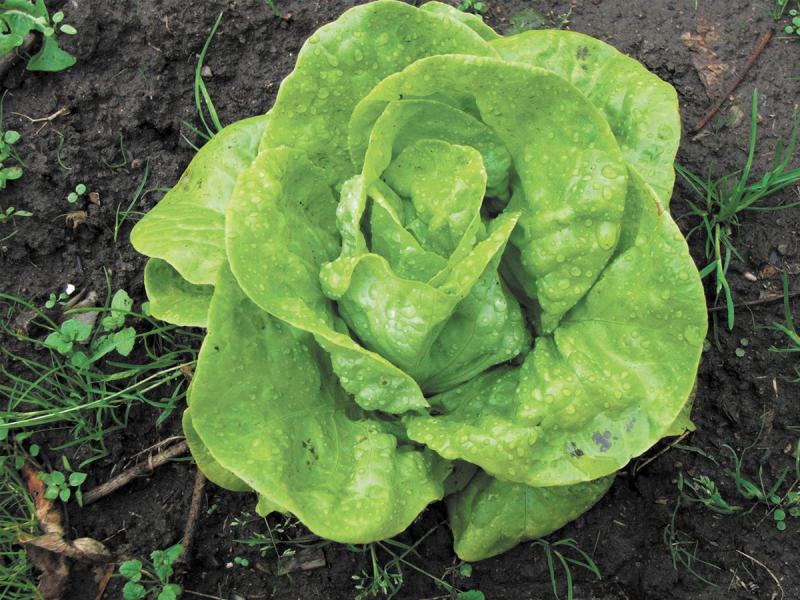Figuring out who is next in line to the throne can be mind-bogglingly confusing. There is the person who is next in line to be king or queen, the heir apparent. But if that person is next in line but could be bumped by another birth, he or she is the heir presumptive. Apparently that's what happened to the current Queen Elizabeth, who was just third in the line of succession to the throne, behind her uncle Edward, Prince of Wales, and her father, the Duke of York. Then her uncle abdicated to marry a divorcee, and her dad became king, and she the heir presumptive. If her dad had a later son, Elizabeth would have been bumped, and the new son would become the heir apparent.
Succession in the garden can be just as confusing. There are actually several ways to grow successive crops. Most common is to plant a quick-growing crop such as spring peas, and after harvest replant with another crop, such as lettuce, that will still have time to mature before frost. One of the best lettuces for all summer planting is Reine des Glaces (Lactuca sativa) which translates as Ice Queen. This dark-green, wavy-leafed crisphead lettuce is slow to bolt, or go to seed. The leaves stay crisp and tender even during heat waves. After you cut the heads of lettuce, let the plants regenerate, and you will get a second harvest of leaf lettuce.
You can also have succession by simply planting the same crop every few weeks, so you will always have fresh lettuce. A big advantage of this is that the crop matures at staggered dates, so instead of getting a lot of produce all at once, you get a nice, steady crop all season long.
Then there is another type of successive planting called intercropping where you plant two or more non-competing vegetables or flowers, each with a different maturity date. Plant beans among the corn or lettuce in between the tomatoes.
Easiest of all is simply planting the same vegetables, but with different maturity dates. Plant an early corn, a mid-season corn, and a late corn, and you will have an extended harvest all season without having to plant three different times. Plant all three at the same time, and let the different growth rates of the plants provide for a season-long harvest.
To prevent spread of disease and keep the soil fertile, always plant crops from different plant families in the same bed as the earlier crops. So follow kale or other brassicas with potatoes or tomatoes. Follow tomatoes with beans and corn with squash. This way you avoid building up pests or disease in the soil. Also, be aware that planting for fall means choosing vegetables such as Brussels sprouts, parsnips, broccoli or lettuce that can tolerate cooler fall temperatures, and maybe even hold up to a light frost.
So when planting the garden this year, be aware of what comes next, and try succession planting. After all, nothing succeeds like success.





















































